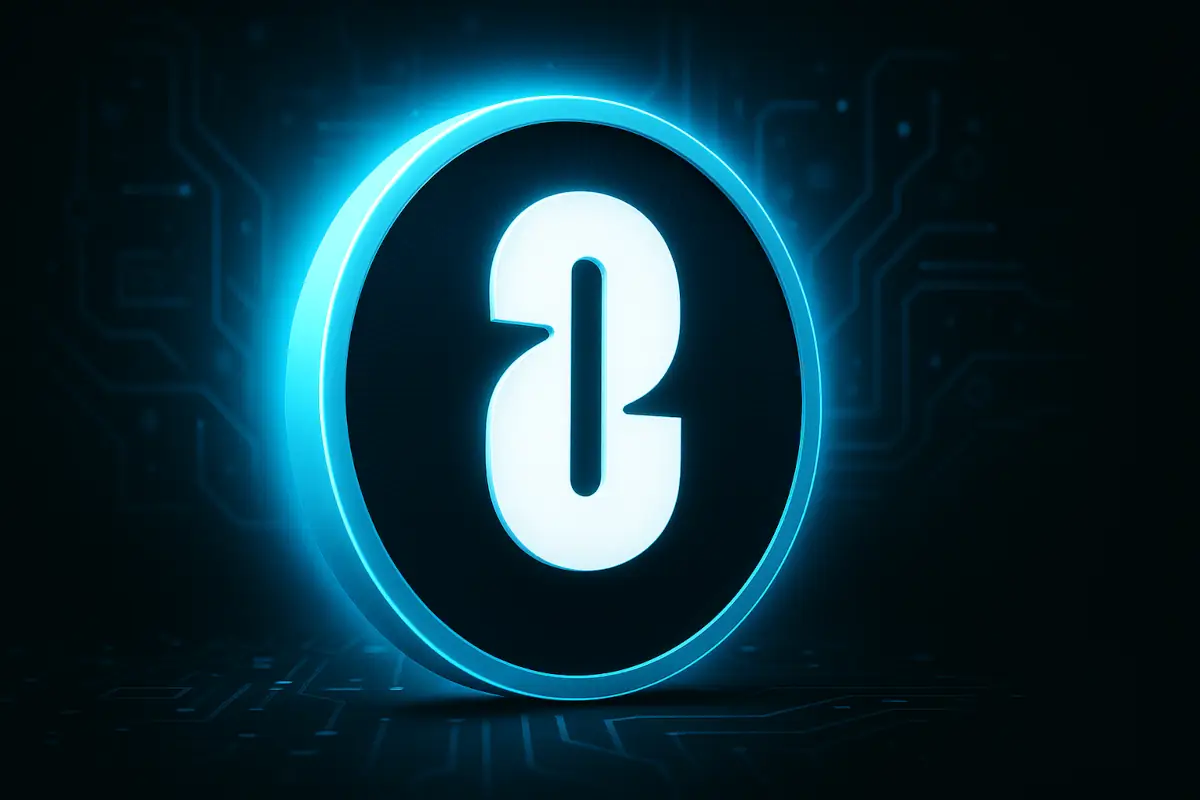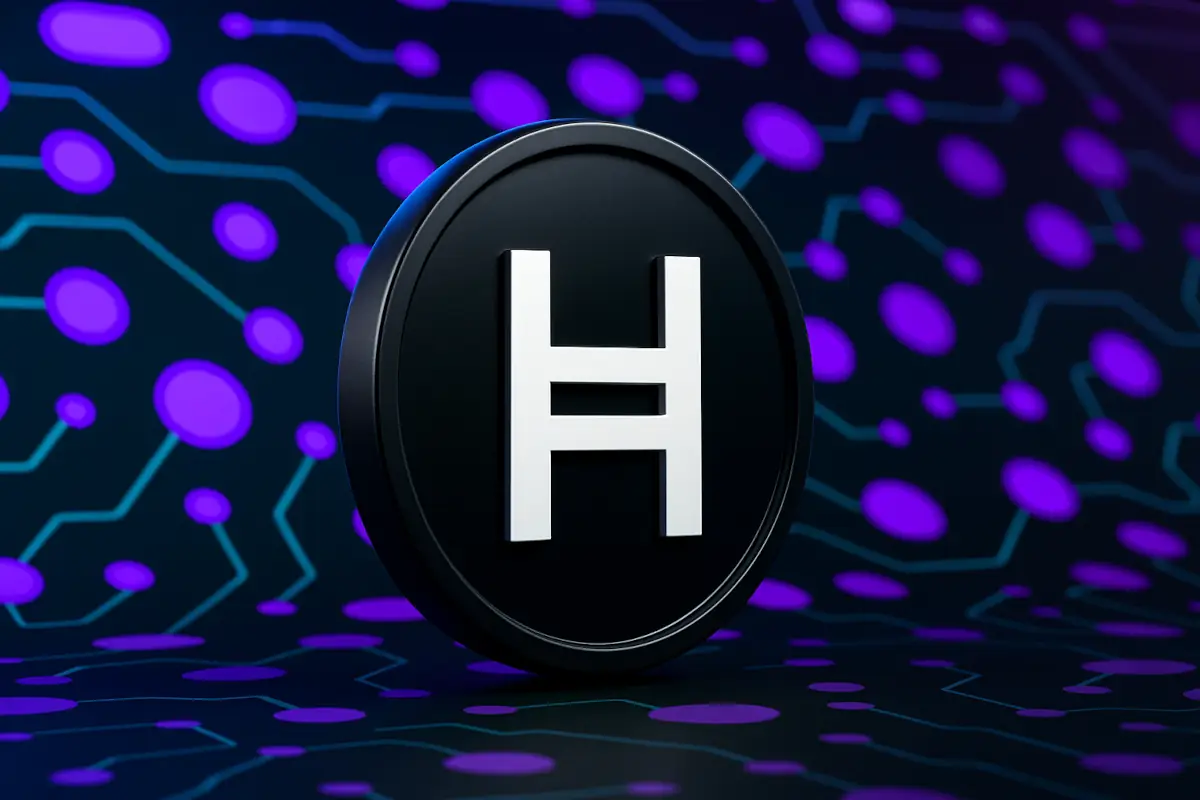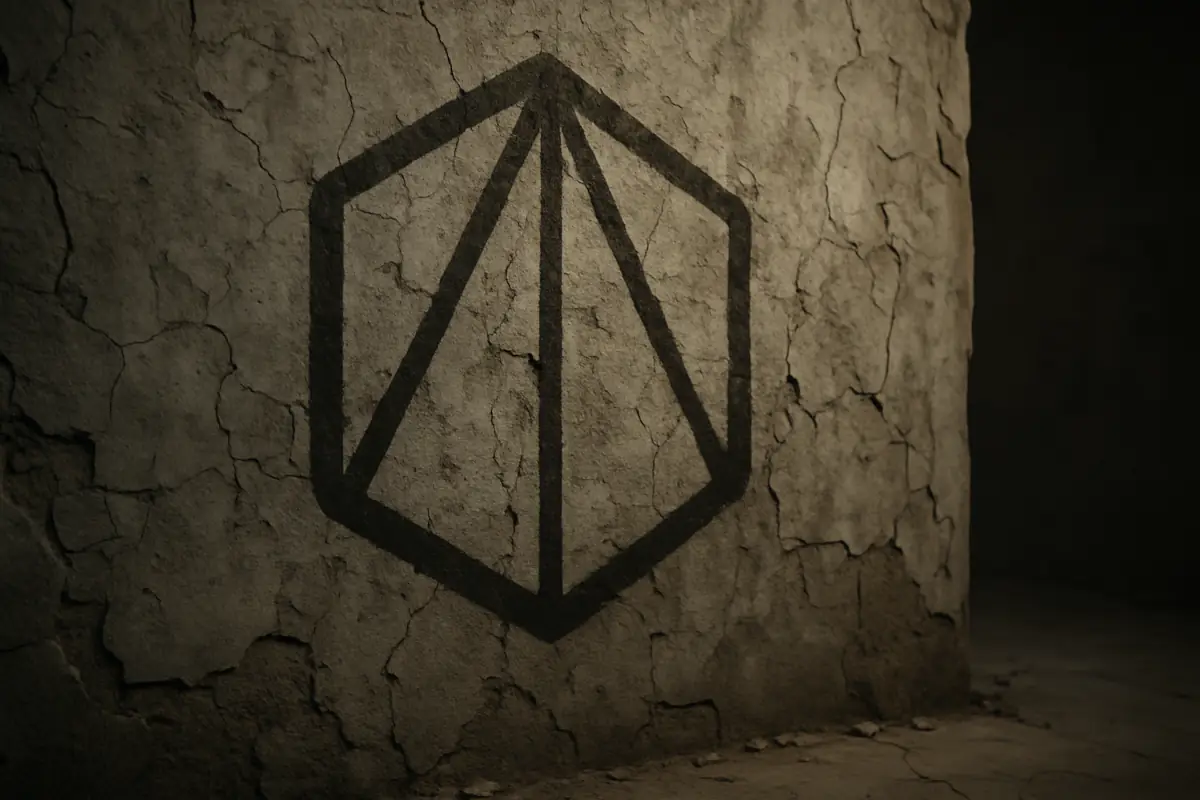LayerZero (ZRO), a unique blockchain communication protocol, has encountered a series of struggles over recent weeks, losing over 35% in value last month. Despite its technology aimed at improving blockchain interoperability, the token’s price has fallen from $2.84 to the current level of $1.70. Various factors, including token unlocks and market volatility, have contributed to this decline, but its innovative features continue to make LayerZero a significant player in the blockchain ecosystem.
Table of Contents
What is LayerZero (ZRO)?
LayerZero is not a blockchain itself but an open-source messaging protocol designed to enable seamless communication between different blockchain networks. Its primary goal is to create a more interconnected blockchain ecosystem by facilitating data exchange, token transfers, and executing functions across various blockchains. The protocol’s vision extends to eliminating one of the main challenges in blockchain technology – the lack of interoperability.
LayerZero allows developers to build omnichain applications that operate smoothly across different blockchain environments. Unlike traditional blockchain systems, where communication across networks is challenging, LayerZero provides a solution that enables data flow and token movement seamlessly between various decentralized platforms.
How LayerZero Works?
The core functionality of LayerZero lies in its ability to handle messaging across blockchains through smart contracts deployed on each participating network. These contracts interact with Decentralized Verifier Networks (DVNs) and Executors, which verify and execute cross-chain messages, respectively. One of the unique features of LayerZero is its separation of message verification and execution into distinct stages, giving developers more control over their application’s security and operation.
Message verification is conducted by the chosen DVNs, which ensure that the integrity and authenticity of the data being transmitted are preserved. After verification, the message is executed by an Executor – an automated function that processes the verified message. LayerZero also allows messages to be processed out of order, ensuring that throughput is maximized and the system remains efficient even during periods of high traffic.
In addition, LayerZero optimizes contract interfaces, offering developers simplified methods to manage message routing and enabling more flexible configurations for specific message pathways. This, coupled with improved gas payment options and horizontal composability, makes LayerZero an attractive platform for building decentralized applications (dApps) that can operate across multiple blockchain networks.
Why Has LayerZero Struggled Recently?
Despite its innovative technology, the ZRO token has faced significant challenges, especially in the past few weeks. One of the most notable factors contributing to its struggle is the frequent token unlocks, which have significantly impacted its price. For instance, on June 20, 2025, approximately 25.7 million ZRO tokens were unlocked, valued at about $47 million, contributing to the token’s price drop from around $2.84 to $1.64.
These token unlocks, which are planned to continue monthly through May 2027, are expected to exert continuous pressure on the token’s price. Each unlock brings more ZRO tokens into the market, and unless demand increases in parallel, the value of ZRO may continue to face downward momentum.

Over the past month, the token’s value has fallen by more than 35%, further raising investor concerns. However, the token has gained nearly 9% in the last 24 hours. Still, even after this short-term spike, the technical analysis reflects a bearish outlook for ZRO. The RSI has dipped to 29, signaling weak demand, and the MACD indicator remains in negative territory, confirming the continued selling momentum.
The ZRO Token: Governance and Utility
ZRO serves not only as the utility token of the LayerZero protocol but also as a governance tool. Token holders are able to participate in the decision-making process, including voting on upgrades and protocol changes. The token is also used for transaction fees across the LayerZero network and for staking, which allows users to participate in network security and governance.
The total supply of ZRO is capped at 1 billion tokens, with a significant portion of this supply allocated to community incentives, grants, and ecosystem growth. Staking ZRO tokens provides holders with rewards derived from transaction fees, allowing them to earn passive income while participating in the governance of the network.
Despite the recent struggles in the market, LayerZero’s governance and staking features continue to make ZRO as an essential component of the protocol. Token holders still have a say in the direction of the protocol, and the ability to stake tokens offers an additional incentive for long-term investors to remain involved.
What’s Next for LayerZero?
Despite the current struggles, LayerZero remains a strong contender in the blockchain interoperability space. Its innovative approach to cross-chain messaging, combined with its features such as Ultra Light Nodes, instant finality, and state-sharing, provides unique capabilities that set it apart from other protocols. However, the ongoing token unlock schedule and market volatility may present challenges for the token in the short term.
For LayerZero to regain momentum, it will likely need to address concerns related to its tokenomics and demonstrate the broader adoption of its technology. Continued improvements in the protocol and strategic partnerships could provide a path forward for LayerZero, allowing it to recover and thrive despite the current market setbacks.




